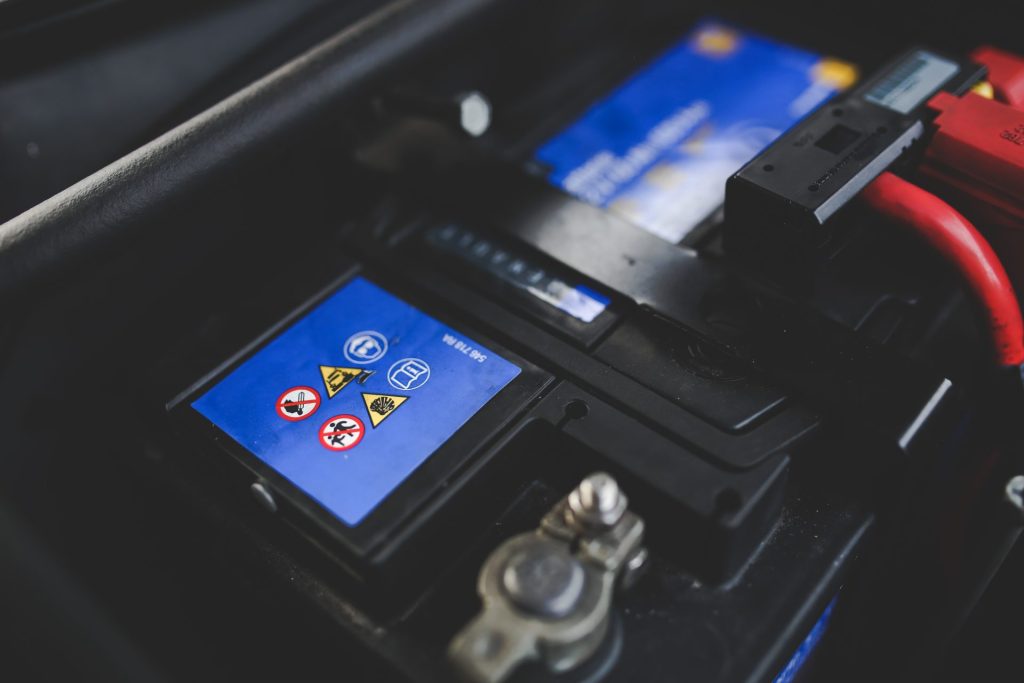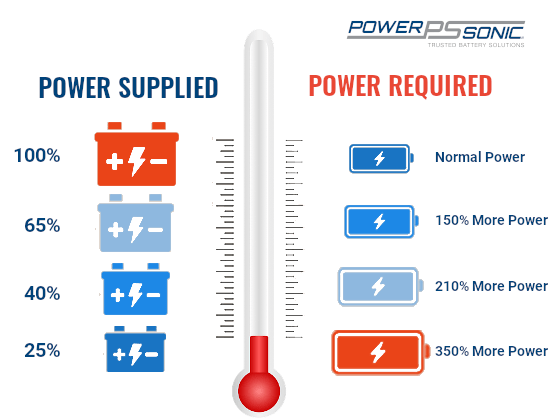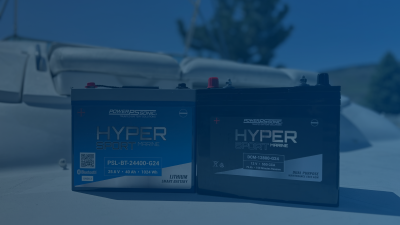What Are Cold Cranking Amps?

The term “Cranking Amps” comes from early automobile engines, which were hand-cranked before electric starters existed—a dangerous and physically demanding task. In 1912, Cadillac introduced electric starters powered by batteries, delivering enough current (“Cranking Amps”) to turn the engine without manual effort. Within eight years, the industry adopted this innovation, creating the automotive battery market.
Early engineers discovered starter batteries needed to provide high current for short bursts (about 30 seconds) and that temperature affected performance. Cold thickened engine fluids, making starting harder, and SLA batteries also behaved differently: their electrolyte viscosity increased, raising impedance and reducing current and voltage. That’s why starting a car in freezing conditions can require several attempts.

Cold Cranking Amps (CCA) measure the current a battery delivers in cold temperatures, usually below 32°F, and are lower than standard Cranking Amps (CA). SLA batteries list both CA and CCA ratings.
Global standards like SAE, JIS, and DIN test automotive CAs and CCAs at -15°C to -18°C for 10–30 seconds, requiring the battery to maintain minimum voltage—for example, SAE J537 (1994) requires a 12 V SLA battery to deliver specified CCA for 30 seconds at -18°C without dropping below 7.2 V.
WHAT IS DIN STANDARD?
The DIN standard, similar to SAE, tests batteries at -18°C. It discharges the battery to 6 V at the specified CCA, requires voltage to remain at or above 9 V after 30 seconds, and limits the time to reach 6 V to 2.5 minutes.
WHAT IS JIS STANDARD?
The JIS D5301:1999 standard tests batteries at -15°C with 150A or 300A for 10–30 seconds down to 6 V, but it doesn’t provide true Cold Cranking Amps. All these standards apply to SLA automotive batteries, not power sport or lithium batteries. Currently, lithium batteries have no CCA standards, so focus on Cranking Amps and watt-hours for starter applications. The next blog will cover power sport battery standards and CA/CCA considerations for lithium.
Have a look at what CCA means for motorcycle batteries in part 2 of our blog on CCA.



